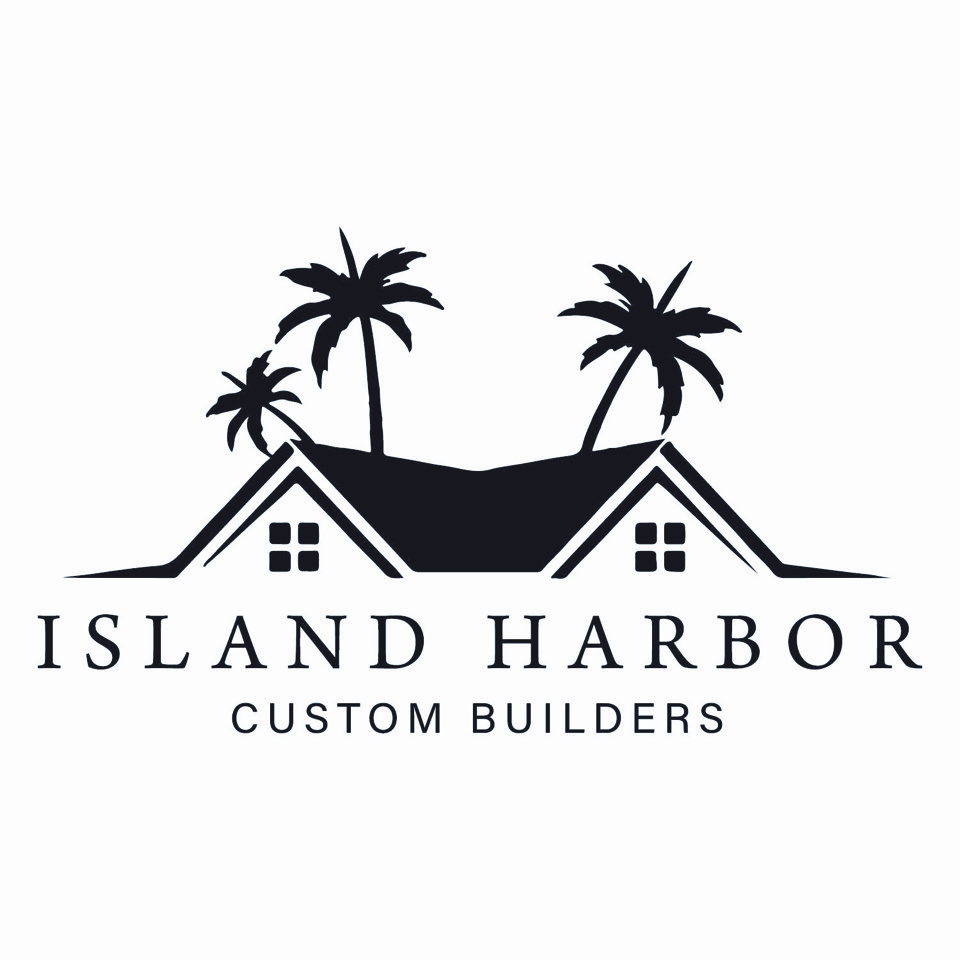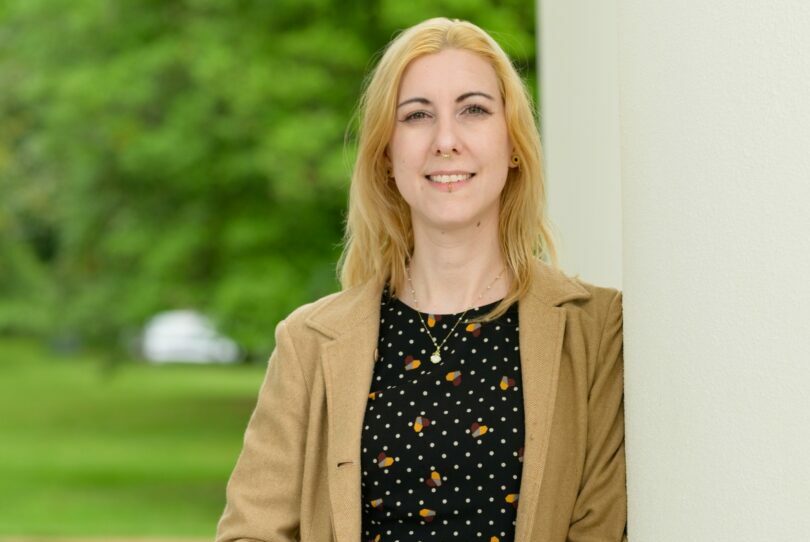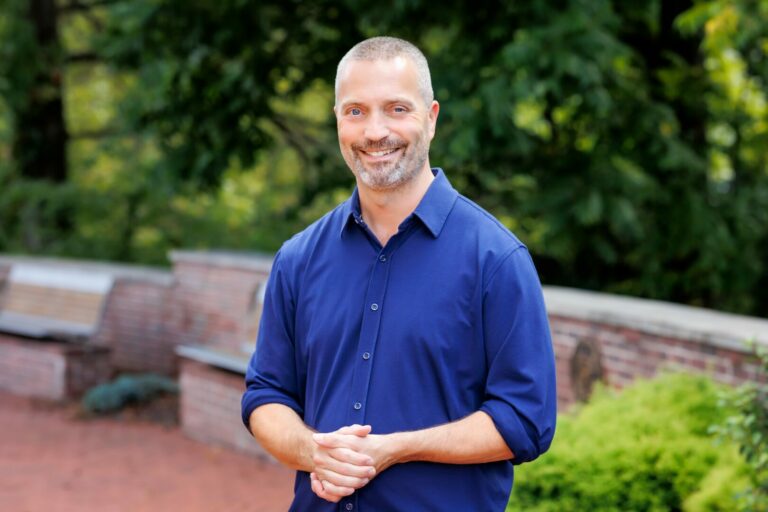Brian Neu shared their story and experiences with us recently and you can find our conversation below.
Brian, a huge thanks to you for investing the time to share your wisdom with those who are seeking it. We think it’s so important for us to share stories with our neighbors, friends and community because knowledge multiples when we share with each other. Let’s jump in: What is a normal day like for you right now?
A normal day is pretty structured, but you always have to be ready to pivot. My day starts early, usually around 6:00 AM, with my kids. We get them fed and ready for school and daycare. Once they’re dropped off, my business partner and I are at the office by 8:00 AM for a quick morning huddle with the project managers. We go over what’s happening on our current builds, any potential issues, and what the plan is for the day.
From there, I’m usually out of the office and heading to a job site. I split my time pretty evenly between our custom home projects and the municipal jobs. On the custom homes, I’m checking on the quality of work, talking with various trades, and making sure we’re on schedule. On the municipal side, it’s often more about logistics, coordinating with city inspectors, and making sure we’re hitting specific public project milestones.
The afternoons are typically for business development and office work. That’s when I’ll meet with potential clients or a new architect, review financials with my partner, or work with our office manager on bidding for new projects. With the mix of residential and public work, we’re constantly managing different timelines and client expectations.
The day ends with me trying to get home in time to have dinner with my wife and kids. After they’re in bed, I’ll often open the laptop back up to catch up on emails and get ready for the next day. It’s a lot, but I wouldn’t trade it.
Can you briefly introduce yourself and share what makes you or your brand unique?
My name is Brian Neu and I’m a principal of Island Harbor Custom Builders. We’re a construction company focused on building and remodeling high-end custom homes. I’m a 3rd generation contractor with a degree in Construction Management from Ohio State. After college I traveled and worked construction in Alaska, Hawaii and New Zealand before taking the leap and starting this company in Florida with my business partner eight years ago.
What we do is take a client’s vision and turn it into a reality, whether that’s a brand new home built from the ground up or a major renovation. I’m proud to say we’ve built a strong reputation for our craftsmanship and attention to detail. What really sets us apart is our team; we have our own in-house design professional, which allows us to streamline the entire process from the initial sketch to the final build.
We’re always looking for new challenges, and lately, we’ve been expanding our work to include publicly funded projects for our local municipalities. It’s a different kind of challenge, but it allows us to give back to the community that has supported us for so long. For us, it’s about building more than just homes—it’s about building lasting relationships and contributing to the community, one project at a time.
Amazing, so let’s take a moment to go back in time. What breaks the bonds between people—and what restores them?
That’s a big question, and I’ve seen it play out in my business and my life. It really comes down to a few core things, and I think they’re the same whether you’re talking about a crew on a job site or a family at home.
What Breaks the Bonds
The biggest thing that breaks bonds is a breach of trust. In this business, if a subcontractor promises they’ll be on site Monday morning to lay the foundation and they don’t show up, the whole project schedule is in jeopardy. It breaks the trust not just with me, but with the homeowner, and with the other guys on the crew who are waiting on them. When you make a promise and don’t follow through, it creates a crack in the foundation of the relationship.
Another thing is poor communication. When people don’t talk to each other, assumptions are made, and misunderstandings happen. On a job site, a lack of clear communication on a blueprint can lead to a wall being framed in the wrong place, and that’s a costly mistake that causes tension and frustration for everyone involved. In any relationship, silence breeds distance, and resentment can build up in that void.
What Restores Them
Restoring bonds starts with taking ownership of the problem. If you made a mistake—a faulty install, a missed deadline, or a careless comment—the first step is to admit it and be accountable. A real apology, not just a casual “my bad,” but a sincere one, is crucial. Then, you have to follow it up with action.
The most important thing for restoration is doing the right thing, even when it costs you. If a subcontractor messed up, they need to come back and fix it on their own dime. If a mistake was made with a client’s project, we eat the cost to make it right. That’s how you rebuild trust. It’s about demonstrating that your word and your integrity are more valuable than a few dollars.
Ultimately, bonds are restored through shared effort and a common goal. When a team has to work together to overcome a difficult challenge on a project—like a weather delay or an unexpected structural issue—it can actually bring them closer. It’s the same with a partnership or a family. Getting through a tough time together, with clear communication and a shared commitment to the outcome, can make the bond stronger than it was before.
Was there ever a time you almost gave up?
The thought didn’t just cross my mind; it was a constant battle, especially in the first couple of years.
I left a secure, high-paying project management position with another local builder to start Island Harbor. I was getting a great salary and had a clear path, but I wanted to build something of my own. That first couple of years, though, was a serious reality check. We had very little revenue coming in. It was a grind just to get noticed. We were pouring all our time and energy into building client relationships from scratch, and that takes a lot of time. We didn’t have a lot of work, and we certainly weren’t making much money. The financial strain was intense.
There were many nights I genuinely questioned if I’d made the worst mistake of my life. I had a young family to provide for and the pressure was immense. I actually had the phone number for my old boss on my desk, and I considered calling him, humbling myself, and begging for my old job back. I came incredibly close to throwing in the towel, thinking it was a safer choice for my family.
What kept me from making that call was my business partner and our shared belief in what we were trying to build. We stuck to our vision, kept working on building those relationships one by one, and slowly but surely, the work started to come in. That period of struggle was absolutely brutal, but it taught us the grit and determination it takes to make a business work. I wouldn’t trade that experience for anything because it’s the reason we’re still here today.
I think our readers would appreciate hearing more about your values and what you think matters in life and career, etc. So our next question is along those lines. How do you differentiate between fads and real foundational shifts?
That’s a good question, and honestly, making that distinction is a big part of what keeps a business like mine running for the long haul.
I think of it in terms of a house. A fad is like a coat of paint or a specific, trendy tile backsplash. It’s something that’s popular for a season—everyone wants it—and then a few years later, you’re back on a remodel job tearing it out because it’s dated. It’s surface-level. It doesn’t change the structure or the core of the house. We have to be aware of fads because clients want them, but we don’t build our business model around them.
A foundational shift, on the other hand, is like a change in building code, a new material that’s more durable and efficient, or a new technology that changes how we manage a project. These are things that fundamentally change the way we build. For example, the push toward energy-efficient building practices isn’t a fad; it’s a permanent change in how homes are constructed. It affects insulation, windows, and HVAC systems. It’s something you have to adapt to, invest in, and master if you want to stay in business.
The way I tell the difference is by looking at the impact. A fad is about aesthetics, and it’s temporary. A foundational shift is about efficiency, safety, and long-term value, and it changes the “how” and the “why” of what we build. We pay attention to the fads to keep our clients happy, but we invest our time and training into understanding the foundational shifts to keep our company strong.
Before we go, we’d love to hear your thoughts on some longer-run, legacy type questions. Are you doing what you were born to do—or what you were told to do?
That’s a tough one, because for me, it’s really both.
Growing up, there was no escaping construction. My grandfather and my father were both contractors for their entire lives, running R&W Construction. My mother also managed their office, so the dinner table conversations were always about bids, job site issues, or client contracts. I spent my summers sweeping up sawdust and holding a tape measure. It felt like the family business was the only path, so in a way, I was born into it and expected to do it.
But what I’ve come to realize is that I’ve always loved it. I went to Ohio State to study Construction Management not because I was told to, but because I was fascinated by the the process of building something tangible. When my partner and I decided to start Island Harbor Custom Builders, it was my choice to build my own legacy, not just continue someone else’s.
So, I’d say it started as what I was told to do, but over time, it became what I was born to do. I’ve taken the lessons my family taught me—about hard work, integrity, and building with quality—and I’ve made them my own. It’s in my blood, but the company I’ve built is my own story.
Contact Info:
- Website: https://indianriverbuilder.com/
- Instagram: IslandHarborBuilders
- Facebook: Island Harbor Custom Builders LLC
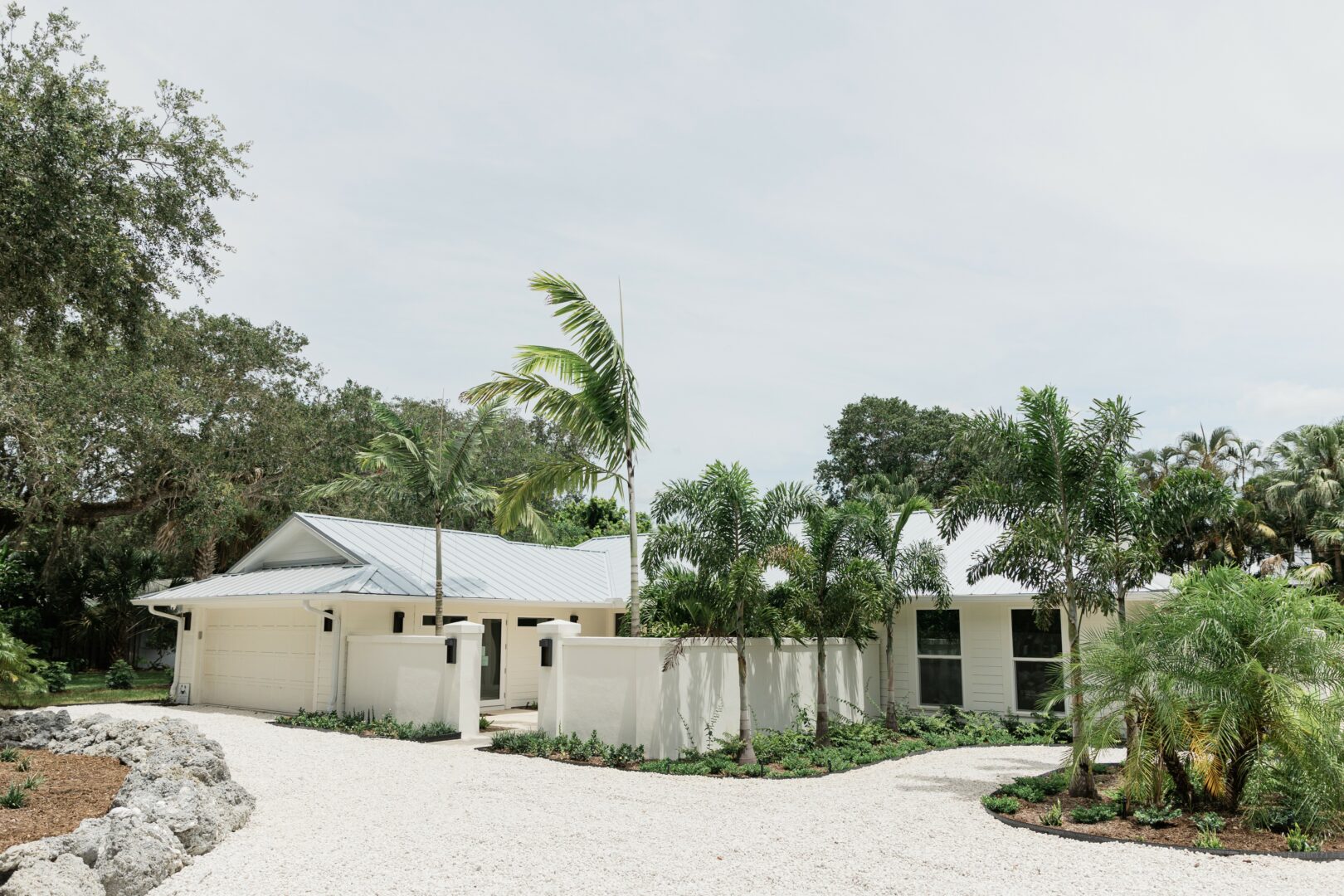

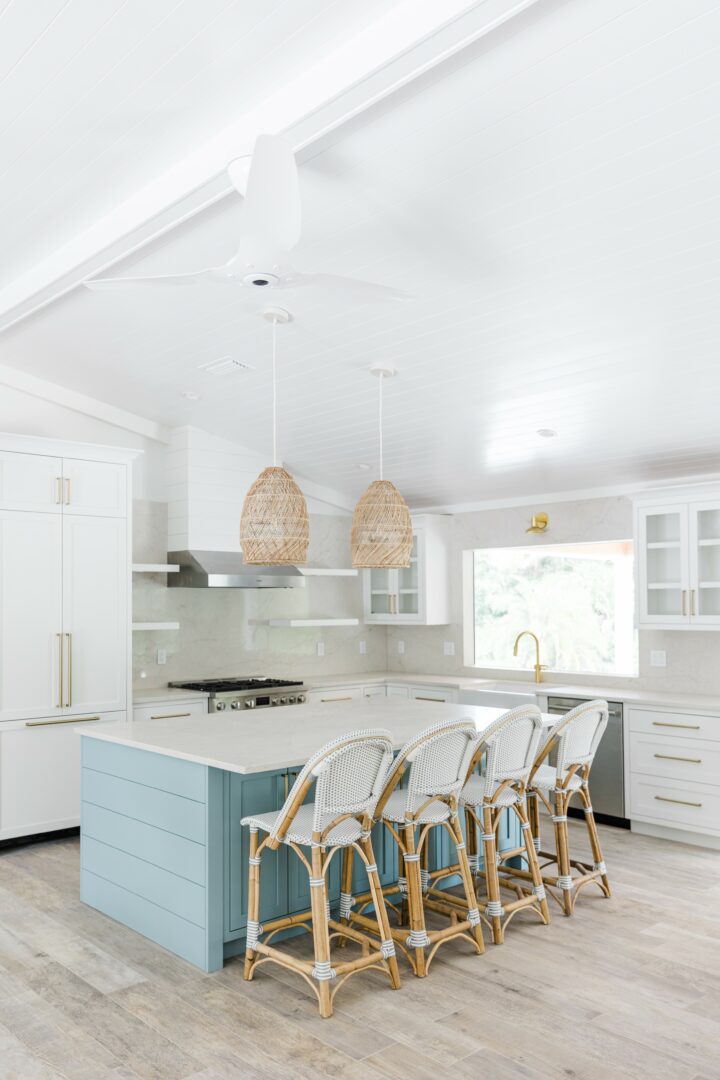

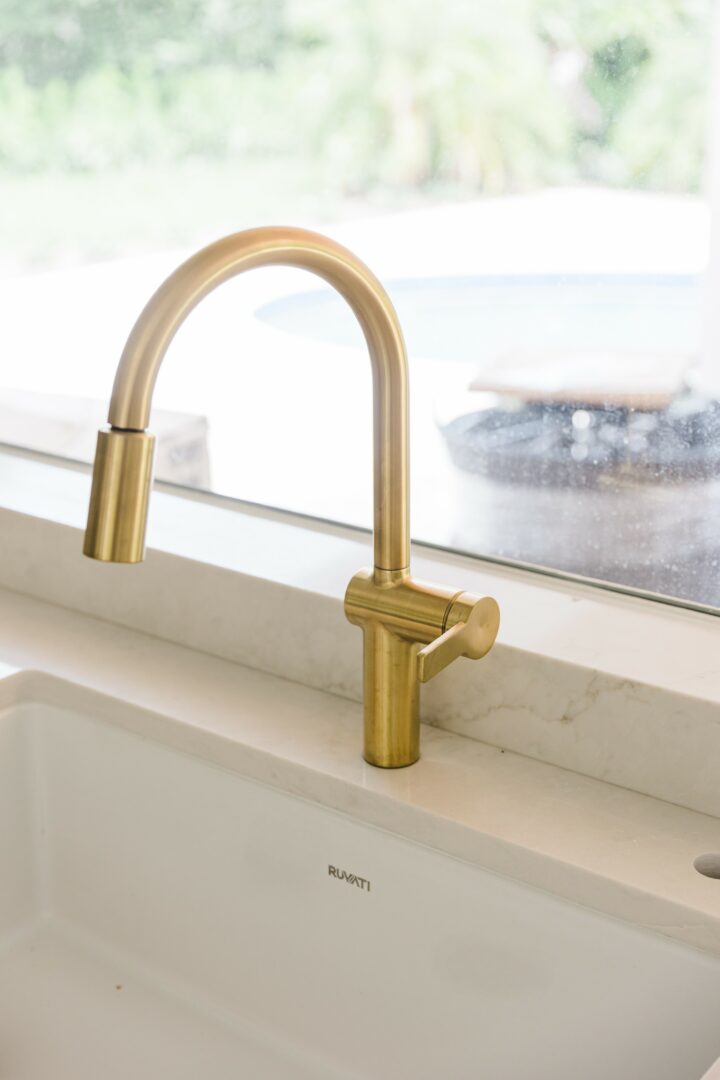
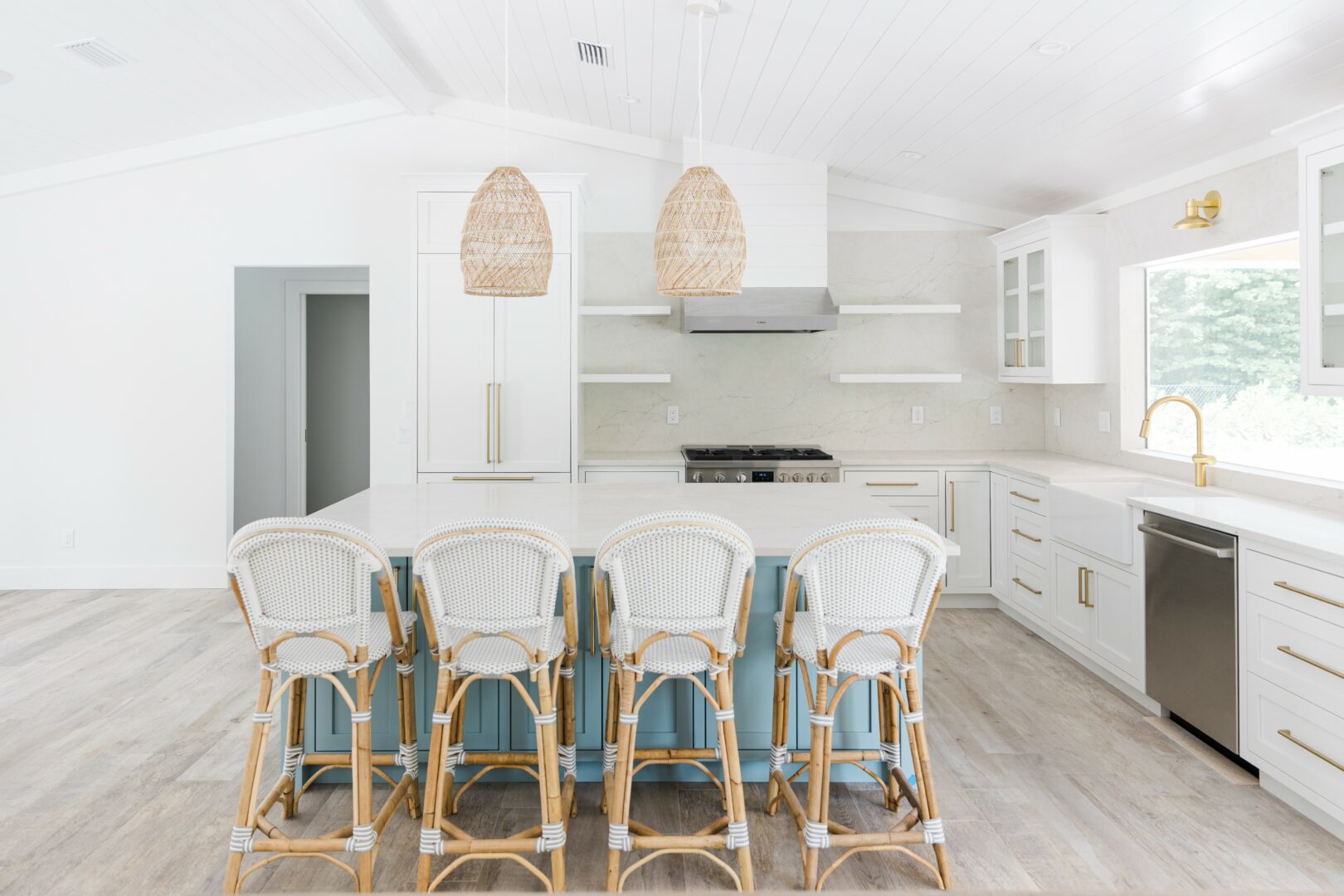

so if you or someone you know deserves recognition please let us know here.

